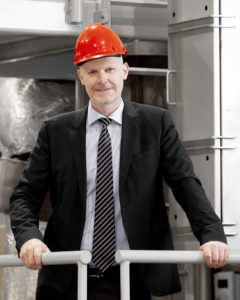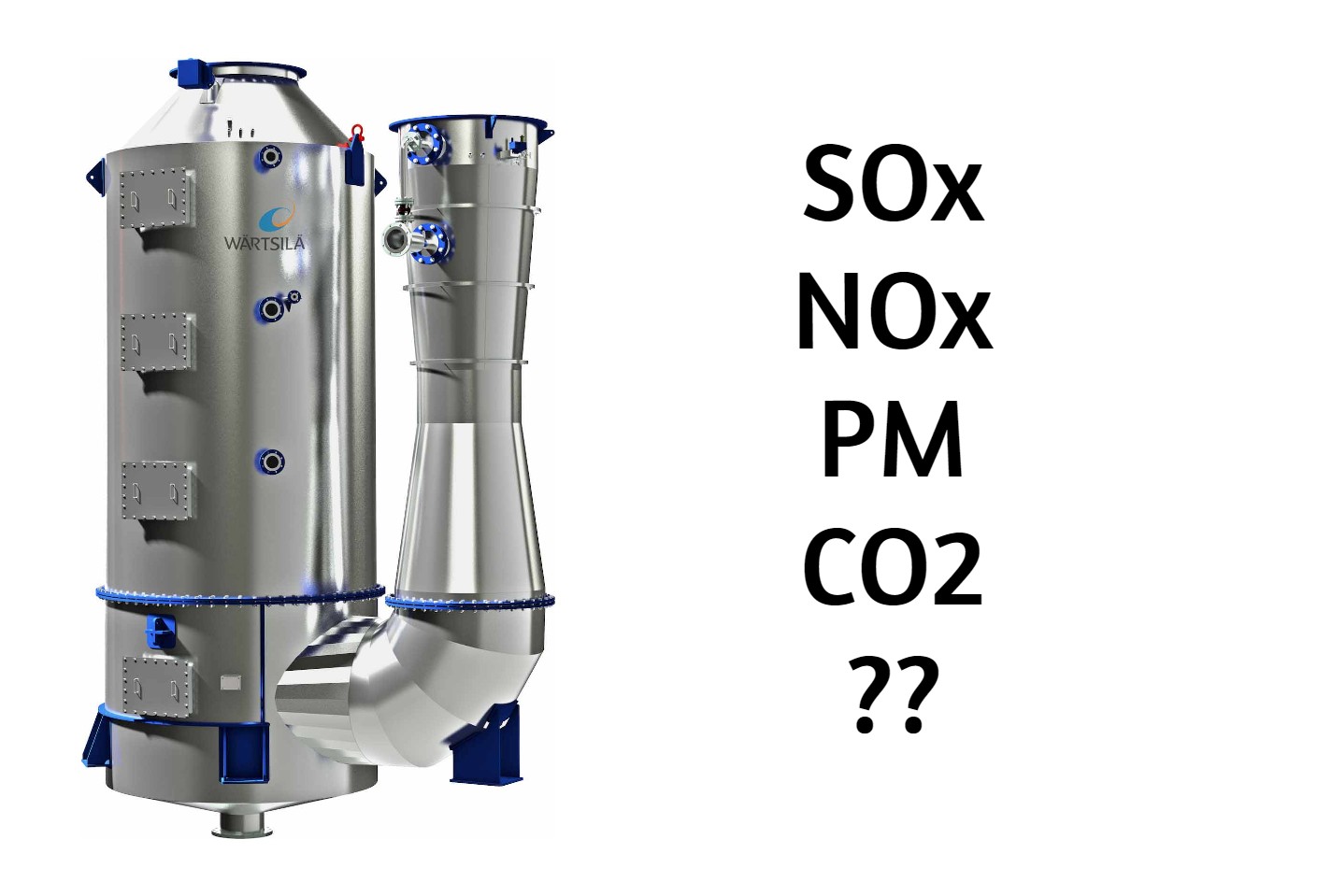Abatement technology becomes modular as tech firms eye a fuelled future
In a recent announcement Finnish engineering group Wärtsilä said it had signed an order to install four exhaust gas cleaning systems, (also called scrubbers), two a piece onto two newbuilding vessels. This comes at a time when industry concern over its decarbonisation path has led to some large owners joining consortia to launch projects to test new fuels, whether ammonia, methanol hydrogen etc.
Exhaust gas cleaning systems were largely introduced into shipping when regulations were being developed to curb emissions of nitrous oxides and sulphur dioxides when ships burn fuel oils, but with new fuels and electrification, these emissions are significantly lower, or even not present. So is there still a market for scrubbers?
A brief scrubber background
Exhaust cleaning technologies were not new even when they began being tested on ships over 20 years ago, having been used at land-based power plants and other large emitters for decades previously (around the 1930’s).
It was sulphur in fuel regulations that largely drove investment into scrubber technology for shipping. The 2015 0.1% sulphur in fuel limit for vessels entering emission control areas, and then the global limit of 0.5% from 2020 saw ship operators begin to run their ships with more expensive fuels, or invest in scrubber technology to continue using cheaper fuel oils. That was where scrubbers became popular for some owners, allowing the cheaper fuels to be used, with the pollutants being removed from the exhaust through a cleaning (usually water scrubbing) process.
Most scrubbers use seawater sprayed through the exhaust, which is then cleaned and retuned to the sea, though with some ports having discharge restrictions there are systems with so-called closed loop settings where a chemical loaded water is circulated. In both cases what is removed from the wash water can be sent ashore as industrial waste.
To a large extent the scrubber market was seen as a retrofit market to competitively meet the mission regulations, with a few dedicated ferries being built initially with scrubbers installed, notably in Europe where there is also a need for vessels to use 0.1% sulphur fuel in ports.
But shipping is not focused on CO2 emissions as it looks at future regulations and the huge potential of a carbon tax or levy. Scrubbers make sense when more traditional fuels are being used, so what is their future.
Strategic thinking
A sentence in the press release by Wärtsilä announcing the newbuilding order suggests something else may be part of the company’s strategy and can answer the question.

“By choosing to install Wärtsilä’s exhaust gas abatement technology, the RoPax vessels will immediately comply with the 0.5% Global Sulphur Cap and will also be futureproofed against impending regulatory change. This is because Wärtsilä’s modular, lifecycle technologies can be upgraded to tackle other pollutants, including Nitrogen Oxide (NOx), Particulate Matter (PM) and Carbon Dioxide (CO2).”
Sigurd Jenssen Wärtsilä ‘s director exhaust gas cleaning, told Fathom World that there will be hydrocarbon fuels for many years to come and while the future of shipping will have multiple fuels, there will still be a need for abatement technology for many years to come.
The modularity of the scrubber technology he said, allows it to be used to abate CO2 and particulate matter, and even be part of an exhaust gas recirculation system. Fathom World readers will already know of work by Wärtsilä to build carbon capture systems for onboard use, allowing vessels to meet potential carbon levy’s.
Jenssen pointed out that scrubber designs have improved over the years, with the latest models having a 30% reduction on footprint, meaning there is room to be modular and add other abatement systems.
“We have increasing confidence in the technology and the solutions,” he said. “Right now, the business case is related to sulphur content and SOx scrubbing, but then using the scrubber as a platform to add particulate matter abatement, potentially, integrate with EGR for NOX emissions, but also doing carbon capture”, he added, pointing out that particulate matter and carbon capture systems would need sulphur oxide scrubbers up front to be able to work.
SOx scrubbers should now be seen as evolving into an abatement platform for shipping emissions, modular in design depending on needs and financial abilities, but also on future regulations.
Even existing scrubbers on some vessels could be adapted to incorporate other abatement systems, said Jenssen, though he recognised that the commercial reality of specific vessels such as their age and fuel prices will influence nay investment decision.































